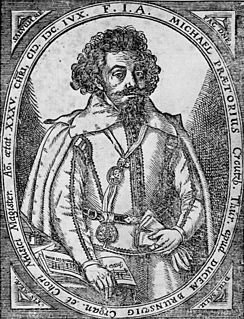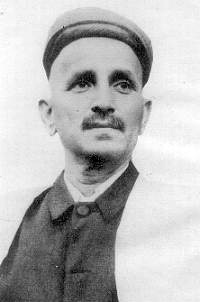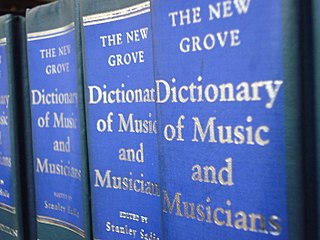This article includes a list of references, related reading or external links, but its sources remain unclear because it lacks inline citations .(January 2012) (Learn how and when to remove this template message) |
Amerus (also Aluredus, Annuerus, Aumerus) was a 13th-century English music theorist who lived in Italy.

England is a country that is part of the United Kingdom. It shares land borders with Wales to the west and Scotland to the north-northwest. The Irish Sea lies west of England and the Celtic Sea lies to the southwest. England is separated from continental Europe by the North Sea to the east and the English Channel to the south. The country covers five-eighths of the island of Great Britain, which lies in the North Atlantic, and includes over 100 smaller islands, such as the Isles of Scilly and the Isle of Wight.
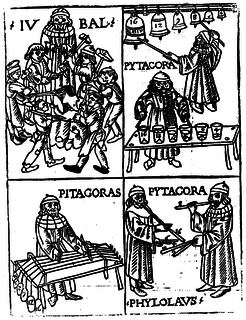
Music theory is the study of the practices and possibilities of music. The Oxford Companion to Music describes three interrelated uses of the term "music theory":
The first is what is otherwise called 'rudiments', currently taught as the elements of notation, of key signatures, of time signatures, of rhythmic notation, and so on. [...] The second is the study of writings about music from ancient times onwards. [...] The third is an area of current musicological study that seeks to define processes and general principles in music — a sphere of research that can be distinguished from analysis in that it takes as its starting-point not the individual work or performance but the fundamental materials from which it is built.

Italy, officially the Italian Republic, is a country in Southern and Western Europe. Located in the middle of the Mediterranean Sea, Italy shares open land borders with France, Switzerland, Austria, Slovenia and the enclaved microstates San Marino and Vatican City. Italy covers an area of 301,340 km2 (116,350 sq mi) and has a largely temperate seasonal and Mediterranean climate. With around 61 million inhabitants, it is the fourth-most populous EU member state and the most populous country in Southern Europe.
Amerus worked under Cardinal Ottobono Fieschi, who later became Pope Adrian V, and wrote his only known work, Practica artis musicae, while in Fieschi's employ. It is thought that he wrote the text in 1271 at Viterbo, where the papal conclave was held.
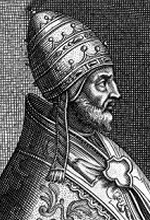
Pope Adrian V, born Ottobuono de' Fieschi, was Pope from 11 July 1276 to his death on 18 August 1276.

Viterbo is an ancient city and comune in the Lazio region of central Italy, the capital of the province of Viterbo.

A papal conclave is a meeting of the College of Cardinals convened to elect a Bishop of Rome, also known as the pope. The pope is considered by Roman Catholics to be the apostolic successor of Saint Peter and earthly head of the Roman Catholic Church.
Practica artis musicae is an instruction treatise for boys, which explains contemporaneous musical notation systems. The bulk of the work is an explanation of the tonary system as it was used in French, English, and Italian churches. The treatise also discusses the composition of polyphony, which is believed to be the first surviving treatise from Italy to use rhythmic notation. Amerus discusses the longa, brevis, and semibrevis, assigning them in groups of two (rather than three). The work is preserved in the Bamberg Codex, among other places.

Music notation or musical notation is any system used to visually represent aurally perceived music played with instruments or sung by the human voice through the use of written, printed, or otherwise-produced symbols.
A tonary is a liturgical book in the Western Christian Church which lists by incipit various items of Gregorian chant according to the Gregorian mode (tonus) of their melodies within the eight-mode system. Tonaries often include Office antiphons, the mode of which determines the recitation formula for the accompanying text, but a tonary may also or instead list responsories or Mass chants not associated with formulaic recitation. Although some tonaries are stand-alone works, they were frequently used as an appendix to other liturgical books such as antiphonaries, graduals, tropers, and prosers, and are often included in collections of musical treatises.

In music, polyphony is one type of musical texture, where a texture is, generally speaking, the way that melodic, rhythmic, and harmonic aspects of a musical composition are combined to shape the overall sound and quality of the work. In particular, polyphony consists of two or more simultaneous lines of independent melody, as opposed to a musical texture with just one voice, monophony, or a texture with one dominant melodic voice accompanied by chords, which is called homophony.

